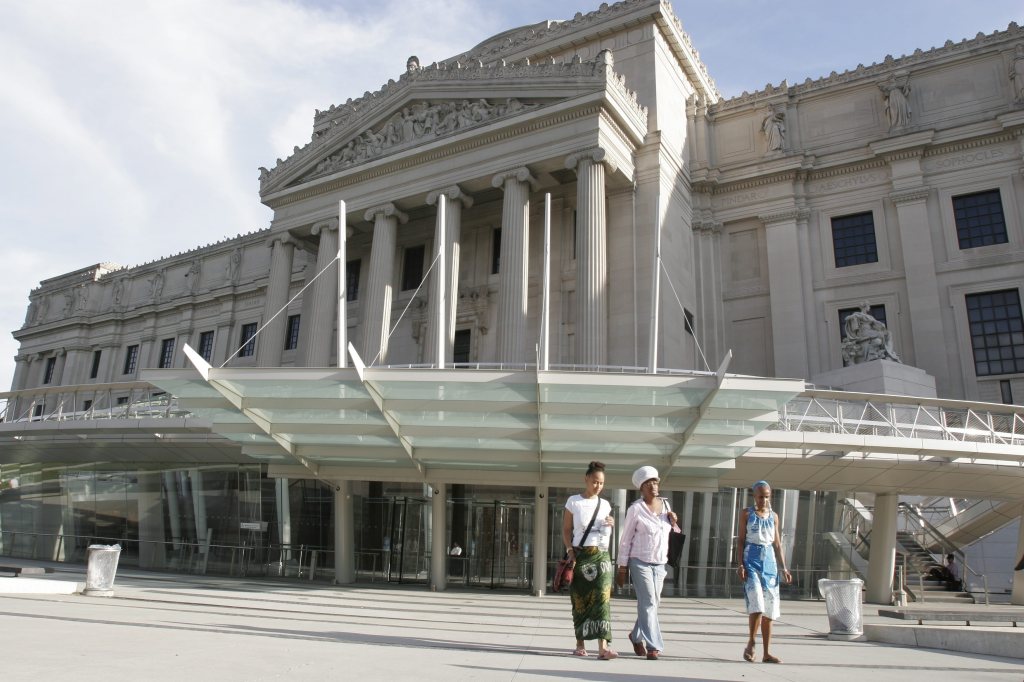[ad_1]
Last week, Anne Pasternak, the director of the Brooklyn Museum in New York, decided that her institution needed to apply for federal aid to buoy losses resulting from the impact of the ongoing coronavirus pandemic. In an email to staff, she explained that in addition to lost revenue from its temporary closure, the museum’s endowment had diminished by 15 percent, “reducing our ability to support our operations in the long run.” There was a hiring freeze put in place, and she had taken a 25 percent pay cut.
The Brooklyn Museum’s endowment, which is invested in the stock market, stood at $108 million at the end of March, losing nearly $19 million because of the stock market’s crash. Add to this the $4 million in income that Pasternak said she expects for the museum to lose while it is closed indefinitely.
“We have always prided ourselves for punching above our weight,” Pasternak, whose museum employs more than 400 employees, told ARTnews, “but this is a particularly huge challenge as we already run a very lean operation with one of the smallest operating budgets, endowments, and staff of any major museums in the nation.” The financial turmoil could prove insurmountable—unless the museum gets support from the U.S. government.
The Brooklyn Museum is just one major institution seeking access to the Payroll Protection Program (PPP), which provides government funds for costs including salaries, wages, commissions, benefits, and taxes. Relief is capped at $100,000 per each employee, and it is anticipated that no more than a quarter of any forgiven amount may be for non-payroll costs. Independent contractors and self-employed people are also welcome to apply.
Several major New York arts organizations—including the Jewish Museum and the Rubin Museum of Art—as well as Los Angeles’s Hammer Museum told ARTnews that they have already applied for federal assistance. Commercial galleries like Yancey Richardson in Chelsea have also filed for relief, as have the nonprofits Elizabeth Foundation for the Arts (EFA), Artists Space, and Eyebeam.
“Assuming I receive the loan, the funds will be used to help pay my fantastic employees while the gallery is closed,” said dealer Yancey Richardson, explaining that payroll and rent at her namesake gallery can burn through cash reserves fast without the influx of additional funds. “I have a great staff and don’t want to be forced to furlough or lay anyone off during the crisis.”
Over the last month, arts organizations have laid off thousands of employees as the coronavirus pandemic eviscerated revenues and canceled fundraisers, including the Whitney Museum, the New Museum, and the Museum of Contemporary Art Los Angeles.
“Cultural institutions are making difficult choices, and it is incredibly important for museums to receive funding to keep our futures viable,” said Claudia Gould, the Jewish Museum’s director.
But with the passage of a record $2.2 trillion stimulus package for the American economy, those efforts to prevent bankruptcy by eliminating salary costs may have backfired. In order to gain access to funds granted through the stimulus package, these museums would technically have to rehire those lost employees.
Named the Coronavirus Aid, Relief, and Economic Security Act (CARES), the federal package that includes PPP and appropriates nearly $350 billion in funds to payroll protection for small businesses, provided that companies keep workers employed or rehire previously laid-off staff. Museums, galleries, and nonprofits that would have otherwise been eligible for the forgivable loans program are now scrambling to reverse course, in what one New York museum administrator described as a human resources disaster.
PPP aid could greatly help museums and galleries. But among nonprofit executives, there is a persistent fear that the program will leave most charities with unsalvageable losses. David Thompson, vice president for public policy at the National Council of Nonprofits, recently told the Chronicle of Philanthropy that some banks were not allowing small nonprofits to apply until later dates, arguing that the loan program could run out of money quickly as a rush of applications flood the system.
“We are facing an existential crisis,” Jane Stephenson, executive director of EFA, told ARTnews in early March. “People should be aware that art organizations are going to face difficulties if we don’t get some relief.”
Stephenson, who is now applying for PPP aid, doubts if the relief will be enough. She added, “It looks like a too little, too late situation.”
[ad_2]
Source link

